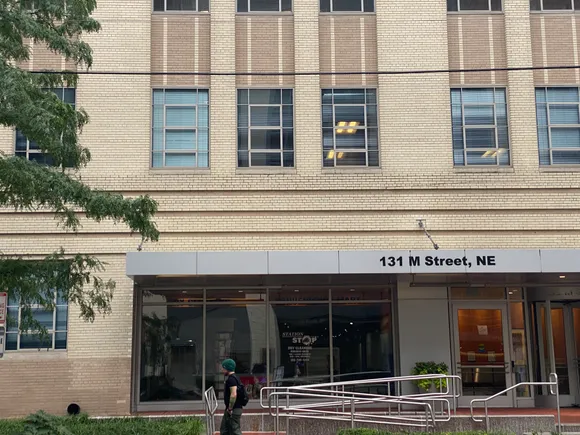“It’s going to get worse before it gets better.”
Fran Casey, chief people officer at Goodwin Living, said the staffing problems that have long plagued the long-term care industry are only being exacerbated by the Trump administration’s immigration-related policy changes.
At Goodwin Living, a nonprofit senior living and healthcare organization serving the Washington, D.C., metropolitan area, an estimated 60% of workers are foreign-born, Casey said. While the organization is compliant with federal regulations, the tricky part is the ongoing policy changes at the federal level, she said.
For example, workers who are in the U.S. under Temporary Protected Status could see their right to work change if Trump removes TPS for their countries of origin, as he did in July for some 76,000 immigrants from Honduras and Nicaragua.
“They were therefore, literally overnight, no longer eligible to work in the U.S.,” Casey said.
On a broader scale, the long-term care industry can’t afford to lose potential workers, she explained.
Immigrants represent 21% of the workforce in nursing facilities and 24% of staff in residential care settings, according to KFF. And demand for long-term services and support staff is only expected to grow, the Health Resources and Services Administration found.
In an April letter to the U.S. Department of Homeland Security secretary, Katie Smith Sloan, president and CEO of advocacy organization LeadingAge, said the administration’s immigration changes put added pressure on an already strained industry. LeadingAge represents more than 5,400 nonprofit aging services providers and organizations, including Goodwin Living.
“Workforce shortages plague our members, many of whom continuously face difficult choices about whether they can maintain admissions or deliver consistent services due to a lack of available staff,” Sloan wrote. “Absent significant policy intervention, we can be certain today’s workforce shortage will intensify as the gap between need and capacity widens with each passing year.
Best practices for compliance
Morris Isaacson, executive vice president of growth and insights at Empeon, a healthcare human capital management software provider, said the “crisis of understaffing” in the industry makes it important for facilities to ensure that they are compliant with fast-changing regulations.
“Anything that puts additional strain on the staffing levels is obviously going to impact the business; it’s going to impact care,” Isaacson said. “Making sure that the business understands the compliance requirements and can document how they’re meeting those requirements is really the most critical thing.”
Where organizations sometimes fall short, he said, is in not understanding what information can legally be shared with an immigration officer. Employees need to be trained ahead of time on requirements and compliance so they’re not rushing to contact the legal department if there is an inspection.
The goal is to make an inspection a nonevent, he said.
Creating pathways for diverse talent
For employers that want to continue building an inclusive talent pipeline, resources like Goodwin Living’s Citizenship Program playbook exist. The guide walks employers through the process of how to help immigrant workers gain U.S. citizenship.
One best practice in action: Goodwin Living’s own program not only covers the application fee for its individual team members but also for two of their family members. The fee, Casey said, can be hundreds of dollars and was a barrier for many immigrants looking to gain permanent citizenship. The result of this program has been better success with recruitment and longer tenure among employees.
Casey said the program’s effects have been “far-reaching,” especially at a time when retention in the long-term care industry has been challenging.
“The concern is: Will we have the workforce that we need to care for an aging population? And if we look at the numbers, the answer is ‘no,’” Casey said.






Leave a Reply